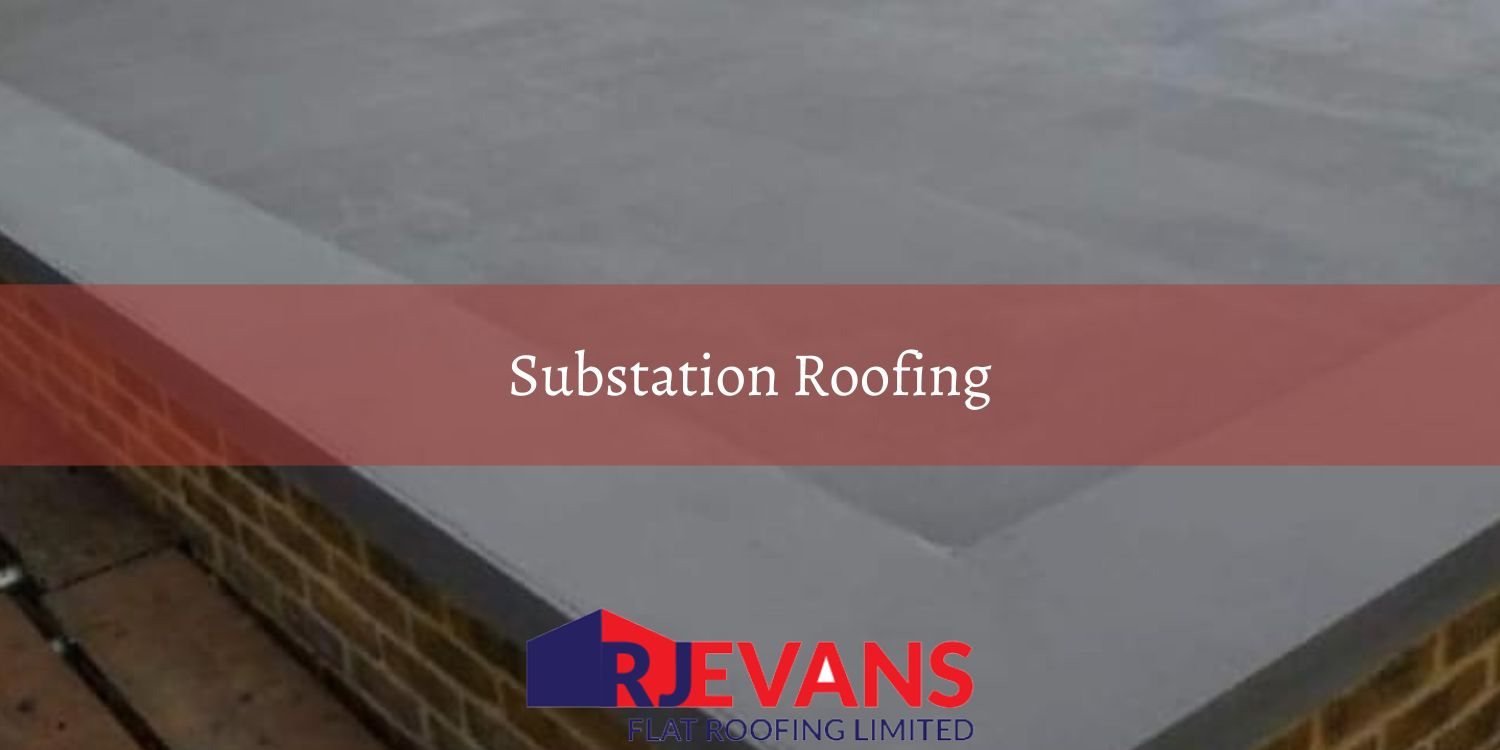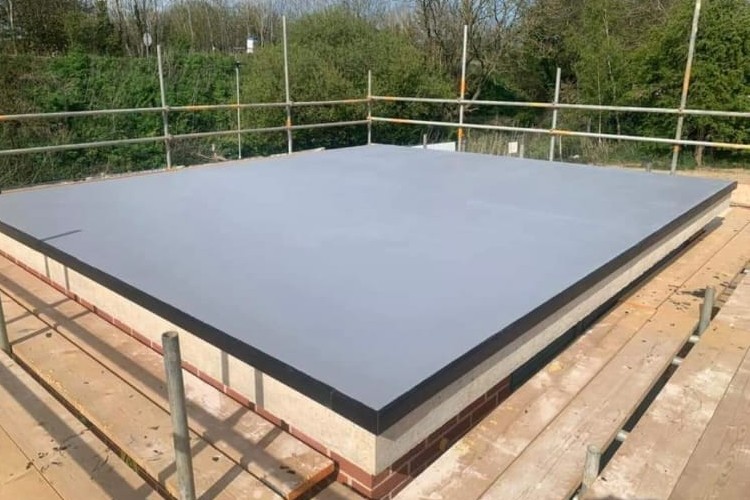I agree Our site saves small pieces of text information (cookies) on your device in order to deliver better content and for statistical purposes. You can disable the usage of cookies by changing the settings of your browser. By browsing our website without changing the browser settings you grant us permission to store that information on your device.

Substation roofing refers to the protective roofing systems used on electrical substations to shield sensitive equipment from weather conditions such as rain, snow, and extreme temperatures. These roofs are typically designed to be durable, weather-resistant, and non-conductive to ensure the safety and functionality of the substation. Materials used in substation roofing often include specialised liquid waterproofing membranes, mastic asphalt or metal. These materials provide long-lasting protection against environmental elements. Proper roofing is crucial to maintaining the operational integrity of the substation and preventing damage to electrical components.
At RJ Evans, we offer expert substation roofing services to ensure your electrical equipment is fully protected from the elements. Our durable and weather-resistant roofing solutions are tailored to meet the specific needs of substations. For more information or to request a quote, please reach out via our contact form or call us now on 01277 375 511. One of our friendly team will be delighted to assist you.

Substation roofing refers to specialised roofing systems designed to protect electrical substations from severe weather conditions such as rain, snow, and UV exposure. These roofs are crucial for ensuring the reliability and safety of substations by safeguarding sensitive electrical equipment from moisture and temperature extremes, which can cause corrosion, malfunctions, or short circuits. Substation roofs are typically constructed from durable, non-conductive materials like metal or waterproof membranes, providing long-lasting protection and enhanced safety.
A key feature of substation roofing is its ability to resist weather damage, preventing water ingress that could otherwise lead to expensive repairs and disruptions to the power supply. Additionally, the materials used are lightweight yet robust, as many substation structures require roofs that are easy to maintain and offer dependable coverage without adding unnecessary weight. Regular inspections and maintenance of substation roofs, as advised by industry guidelines, are essential to extending their lifespan and maintaining their effectiveness.
The design of these roofing systems often incorporates proper drainage and insulation to further safeguard electrical components. With correct installation and upkeep, substation roofing systems can last for several decades, ensuring the continued safety and efficiency of the substation. These specialised roofs are vital for protecting energy distribution infrastructure, reducing the risk of outages, and minimising the need for emergency repairs.
The different types of substation roofing include metal, GRP (Glass Reinforced Plastic), liquid, mastic asphalt, single-ply membrane, and built-up roofing (BUR). Each type offers specific benefits, such as metal's strength and durability, GRP's lightweight and non-conductive properties, and liquid roofing's seamless waterproofing. Mastic asphalt and built-up roofing provide robust, long-lasting solutions for flat roofs, while single-ply membranes offer flexibility and UV resistance. The choice of roofing depends on the substation's requirements, environmental conditions, and maintenance needs.
Metal substation roofs, typically made from steel or aluminium, are recognised for their strength and longevity. They offer reliable protection from environmental factors such as rain, wind, and snow. The non-conductive qualities of these metals ensure electrical safety, essential for substation operations. Metal roofs are relatively straightforward to maintain and, with proper care, can last for many decades.
A GRP substation roof is a lightweight, corrosion-resistant option that provides excellent protection against UV exposure and environmental wear. Its non-conductive nature makes it well-suited for high-voltage substations, ensuring safety within electrical systems. GRP roofs are highly durable and long-lasting, requiring minimal upkeep over their lifespan. These features make GRP an ideal choice for industrial applications where resilience to weather is crucial.
Liquid substation roofing involves applying a liquid membrane that cures to form a seamless, flexible waterproof layer. This system is particularly effective for flat or low-slope substations, as it can adapt to irregular surfaces and complex details. Liquid roofs provide strong resistance against water penetration, UV rays, and temperature fluctuations. The seamless application helps minimise the risk of leaks, offering long-term reliability when maintained properly.
A mastic asphalt substation roof consists of a mixture of asphalt and aggregate, providing a highly robust and waterproof solution. It is especially suitable for flat roofs, offering excellent resistance to water and the ability to withstand heavy foot traffic. Mastic asphalt roofs can remain effective for decades with regular maintenance, making them a cost-effective and long-lasting option. Their durability and resilience make them an optimal choice for protecting essential infrastructure.
Single-ply membrane roofs, made from materials such as EPDM or TPO, are flexible, lightweight, and resistant to water and UV damage. These roofs are ideal for flat or low-slope substations, providing seamless, waterproof protection. Single-ply membranes are applied in a single layer, reducing the likelihood of leaks while offering excellent thermal insulation. This roofing system is easy to install and provides long-lasting, low-maintenance service.
A built-up substation roof (BUR) is made from multiple layers of bitumen and reinforcing materials, delivering outstanding durability and waterproofing. BUR systems are particularly effective in regions with heavy rainfall, as they provide long-term protection against water damage. These roofs require regular maintenance to ensure optimal performance, but their layered construction provides additional strength. With appropriate care, built-up roofs can deliver many years of reliable service.
At RJ Evans, we specialise in providing expert substation roofing services to ensure your electrical equipment is fully protected from the elements. Our durable and tailored roofing solutions are designed to meet the unique needs of substations, offering long-lasting protection and reliability. For more information or to request a quote, please contact us via our contact form or call us on 01277 375 511. One of our friendly team members will be happy to assist you.
.